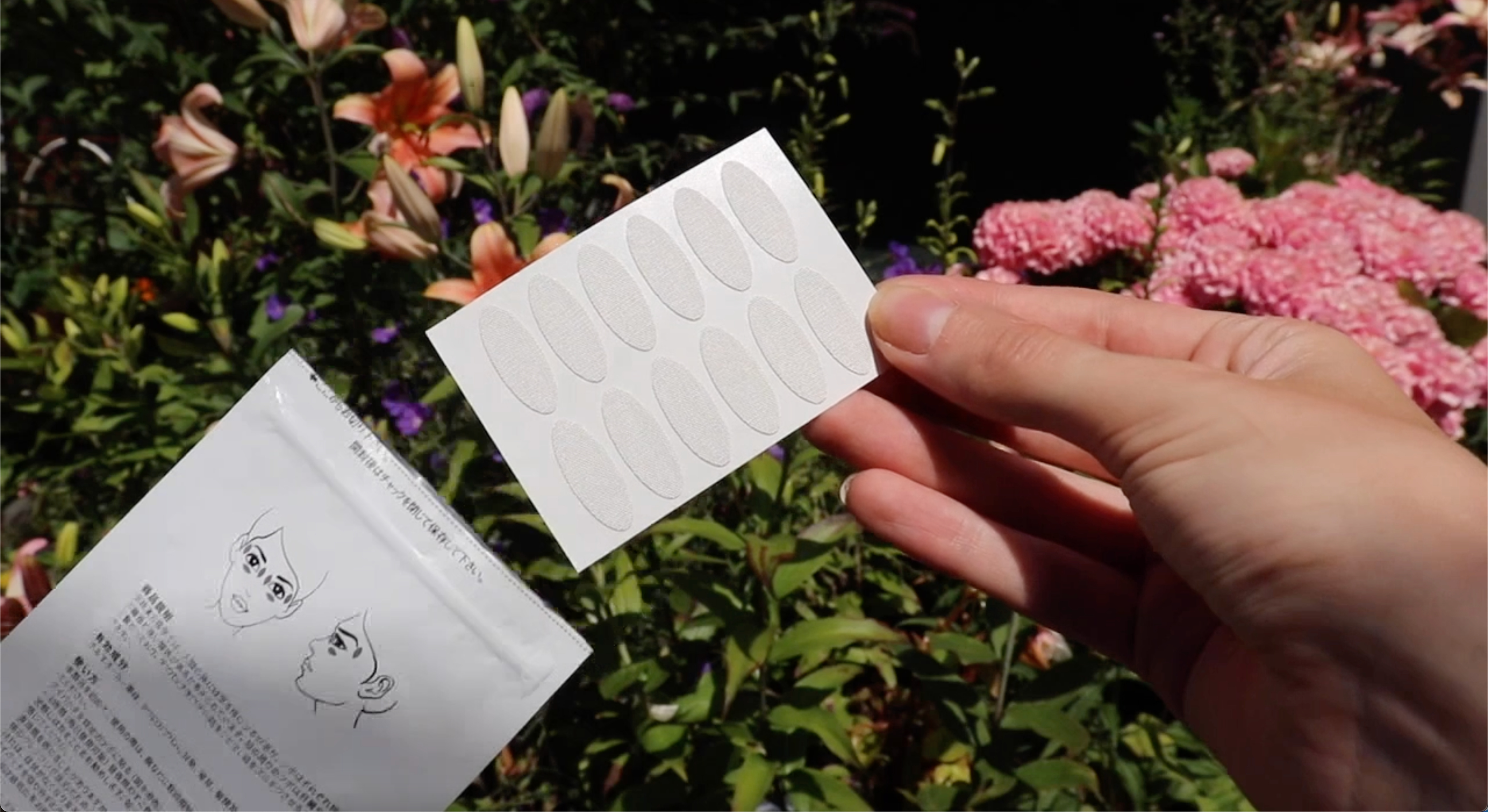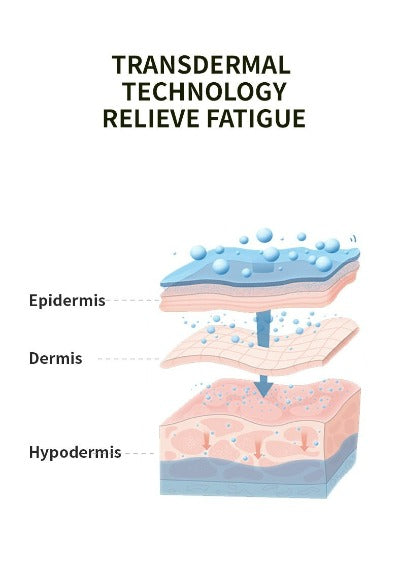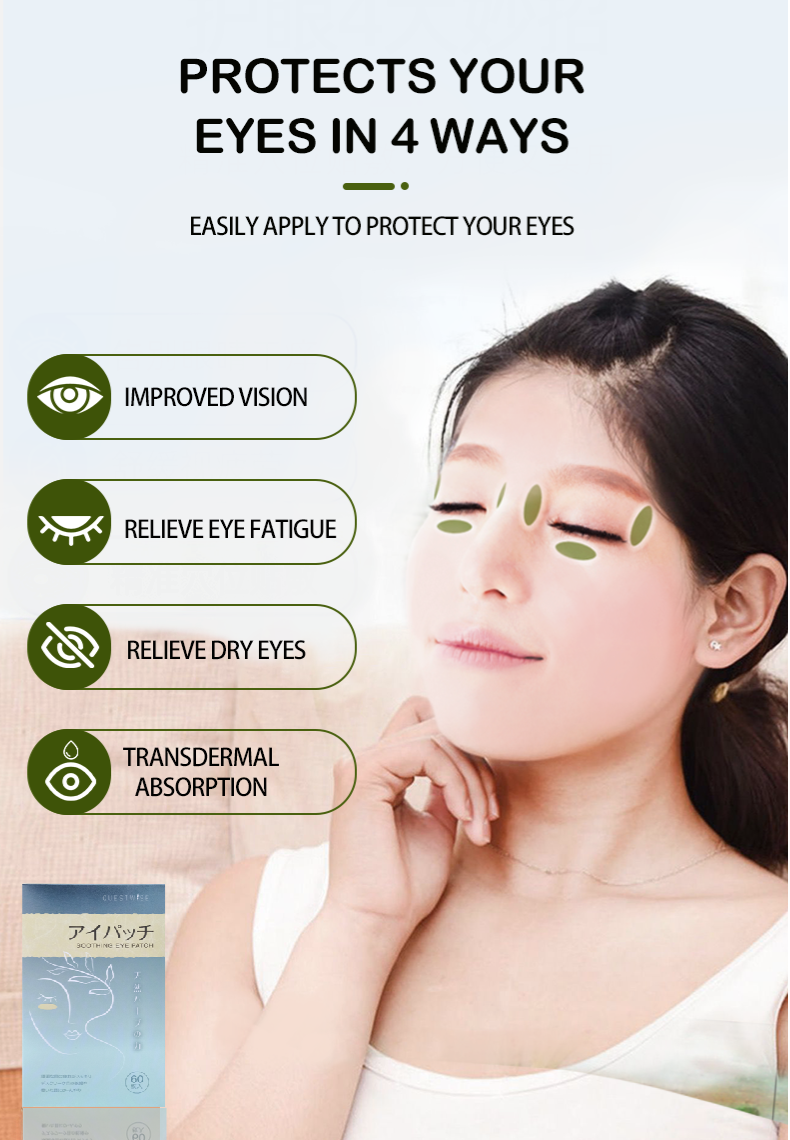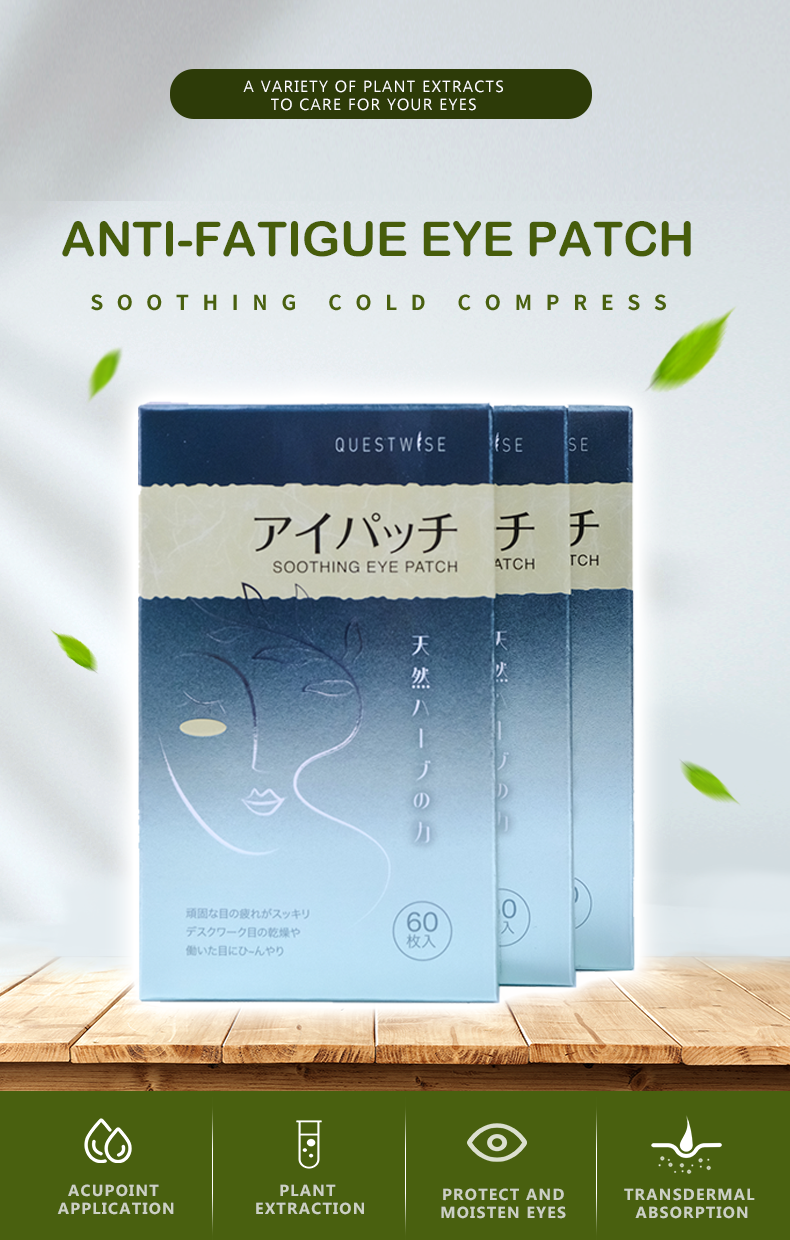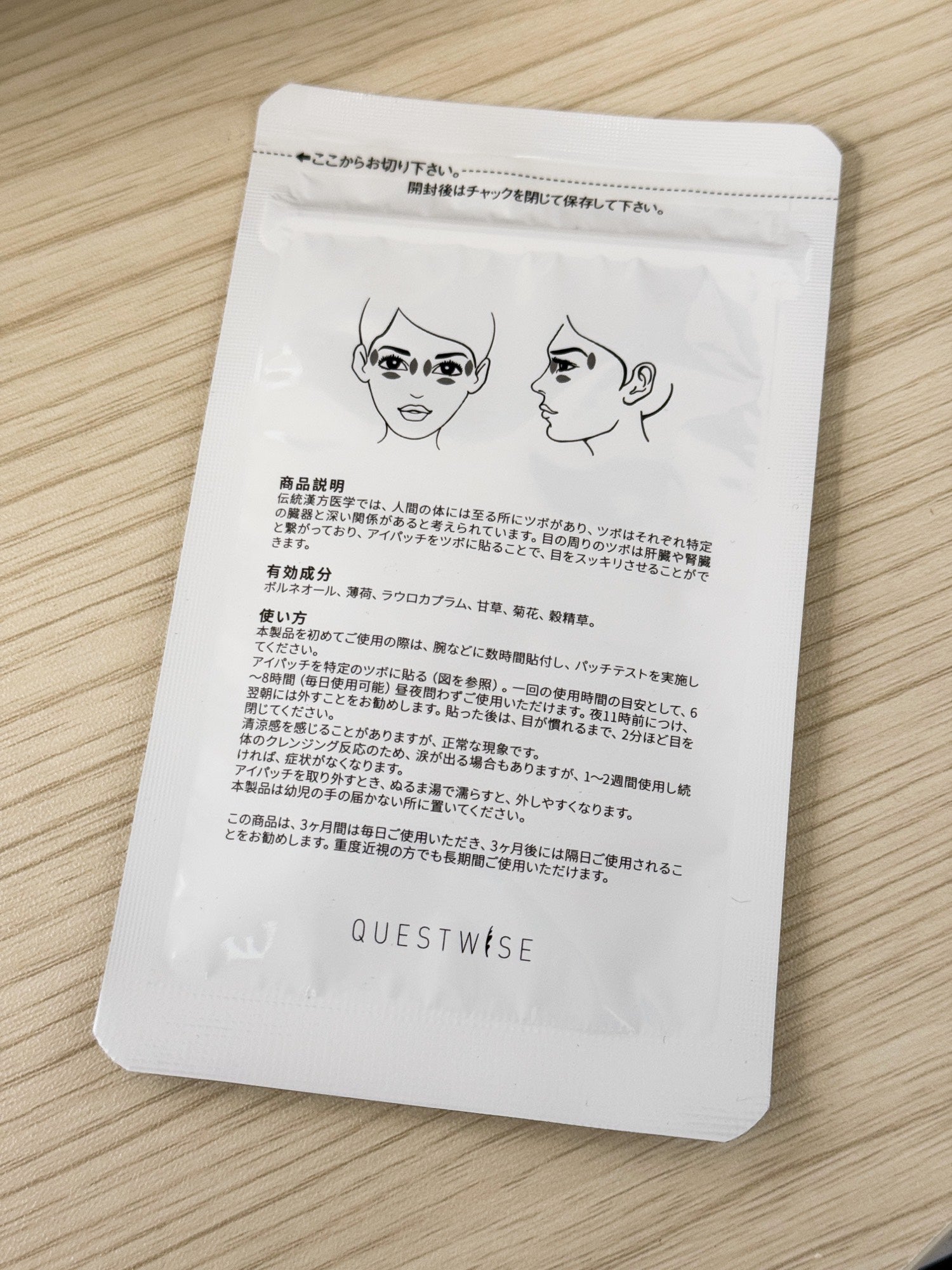Are Your Digital Screens Causing Dry Eye Symptoms? A Comprehensive Guide to Prevention and Relief in 2025
In 2025, our dependence on digital screens has reached unprecedented levels. From smartphones and laptops to virtual reality headsets and interactive smart displays, digital technology permeates nearly every aspect of modern life. While these advancements undoubtedly enhance productivity, entertainment, and connectivity, this increased screen time presents a significant challenge to our ocular health: the growing prevalence of dry eye symptoms. This comprehensive guide delves into the complex relationship between digital screens and dry eye, offering practical strategies for prevention, management, and relief.
The Rising Tide of Dry Eye Disease in the Digital Age
Dry eye disease (DED), also known as dry eye syndrome, is a multifactorial condition characterized by a deficiency or instability of the tear film. This disruption in the delicate balance of tear production, composition, and evaporation leads to a wide range of uncomfortable and potentially debilitating symptoms. The prevalence of DED has been steadily rising, mirroring the escalating use of digital devices. Studies indicate a strong correlation between increased screen time and the incidence of dry eye symptoms, making it a critical health concern in the 21st century.
Understanding the Mechanisms: How Screens Contribute to Dry Eye Symptoms
The connection between digital screen use and dry eye is not simply a matter of correlation; it's a complex interplay of several contributing factors:
- Reduced Blink Rate: Our natural blink reflex, crucial for distributing tears across the ocular surface and preventing evaporation, is significantly suppressed during periods of intense digital engagement. The mesmerizing nature of screens often leads to prolonged periods of reduced blinking, allowing the tear film to dry out.
- Blue Light Exposure: Digital screens, particularly those emitting high levels of blue light, can induce oxidative stress and inflammation within the ocular surface. This damage to the delicate tissues of the eye contributes to tear film instability, further worsening dry eye symptoms. Moreover, the high-energy nature of blue light can also cause discomfort and strain.
- Poor Posture and Eye Strain: Sustained periods of close-up screen work often result in poor posture, leading to additional eye strain. This can manifest as eye fatigue, headaches, and even exacerbate pre-existing dry eye conditions. The resulting strain on the extraocular muscles can indirectly affect tear production and distribution.
- Environmental Factors: The indoor environments in which many of us spend our screen time are often characterized by air conditioning and low humidity, further contributing to tear evaporation. These environmental factors exacerbate the dryness and discomfort associated with prolonged digital use.
- Contact Lenses and Screen Time: Contact lens wearers are particularly susceptible to experiencing dry eye symptoms when using digital screens. The combination of reduced blinking and contact lens-related dryness can lead to significant discomfort.
Recognizing the Subtle and Severe Signs of Dry Eye
The symptoms of dry eye are diverse and vary considerably in intensity. Awareness of these signs is crucial for early detection and intervention. The symptoms range from mild to severe and can include:
- Mild Symptoms: Occasional dryness, irritation, slight burning sensation, mild itching, foreign body sensation (feeling like something is in the eye), occasional blurry vision.
- Moderate Symptoms: More frequent dryness and irritation, persistent burning or stinging, significant itching, recurring blurry vision, increased light sensitivity (photophobia), increased stringy mucus discharge.
- Severe Symptoms: Constant dryness and burning, intense discomfort, severe itching, significant visual impairment, chronic redness and inflammation, difficulty focusing, and possible corneal damage.
If you're experiencing any of these symptoms, especially after prolonged screen use, it's important to seek professional advice from an ophthalmologist or optometrist. Early diagnosis is crucial for effective management and preventing potential complications.
Practical Strategies for Managing and Preventing Digital Eye Strain and Dry Eye
Fortunately, numerous strategies can help mitigate the risks associated with digital screen use and manage dry eye symptoms. These approaches combine lifestyle adjustments with targeted eye care:
- The 20-20-20 Rule: Every 20 minutes, look at an object 20 feet away for at least 20 seconds. This simple exercise allows your eyes to refocus and reduces strain.
- Conscious Blinking: Regularly remind yourself to blink consciously and frequently while working on digital devices. Aim for a rate of approximately 15-20 blinks per minute.
- Optimize Screen Settings: Reduce screen brightness and adjust the contrast to minimize glare and eye strain. Consider using blue light filters or specialized screen protectors.
- Maintain Proper Hydration: Drink ample water throughout the day to keep your body hydrated, which indirectly benefits your ocular surface.
- Use Artificial Tears: Over-the-counter artificial tear solutions can provide temporary lubrication and relieve dry eye discomfort. Choose preservative-free options for sensitive eyes.
- Environmental Control: Use a humidifier to increase the humidity in your workspace. Avoid excessively dry or dusty environments.
- Eye Compresses: Warm compresses applied to your eyelids can help soothe tired and dry eyes. You can also try cool compresses for those with more inflamed eyes.
- Lifestyle Adjustments: Take regular breaks, maintain good posture, and ensure adequate sleep for overall eye health and well-being.
Introducing Wise Quest Soothing Eye Patches for Dry Eye Relief
For targeted relief from the discomfort of dry eye, consider incorporating Wise Quest Soothing Eye Patches into your daily routine. These innovative patches harness the power of traditional Chinese herbal medicine to address various eye ailments, including those caused by digital eye strain. They offer soothing relief from eye fatigue, dryness, astringency, redness, and swelling. By promoting healthy blood circulation around the eyes, they help alleviate most eye discomfort associated with prolonged screen use. The patches offer a convenient and effective way to incorporate soothing care into your daily routine, helping to counteract the effects of digital screen exposure. The gentle, natural ingredients are designed to complement other preventive strategies and provide comfort.

These patches are a valuable addition to a comprehensive dry eye management plan, offering a natural and effective approach to soothing irritated eyes. Their ease of use and soothing effects make them ideal for busy individuals who spend long hours in front of digital screens.
Conclusion: Proactive Eye Care in a Digital World
In 2025, protecting our eye health in the face of ever-increasing digital screen exposure is paramount. By understanding the mechanisms linking screen time to dry eye symptoms, implementing preventive measures, and utilizing innovative products like Wise Quest Soothing Eye Patches, we can effectively manage and minimize the discomfort associated with digital eye strain. Remember, proactive eye care is an investment in long-term visual well-being. Regular eye exams and consultation with an eye care professional are vital for personalized guidance and addressing any concerns.




